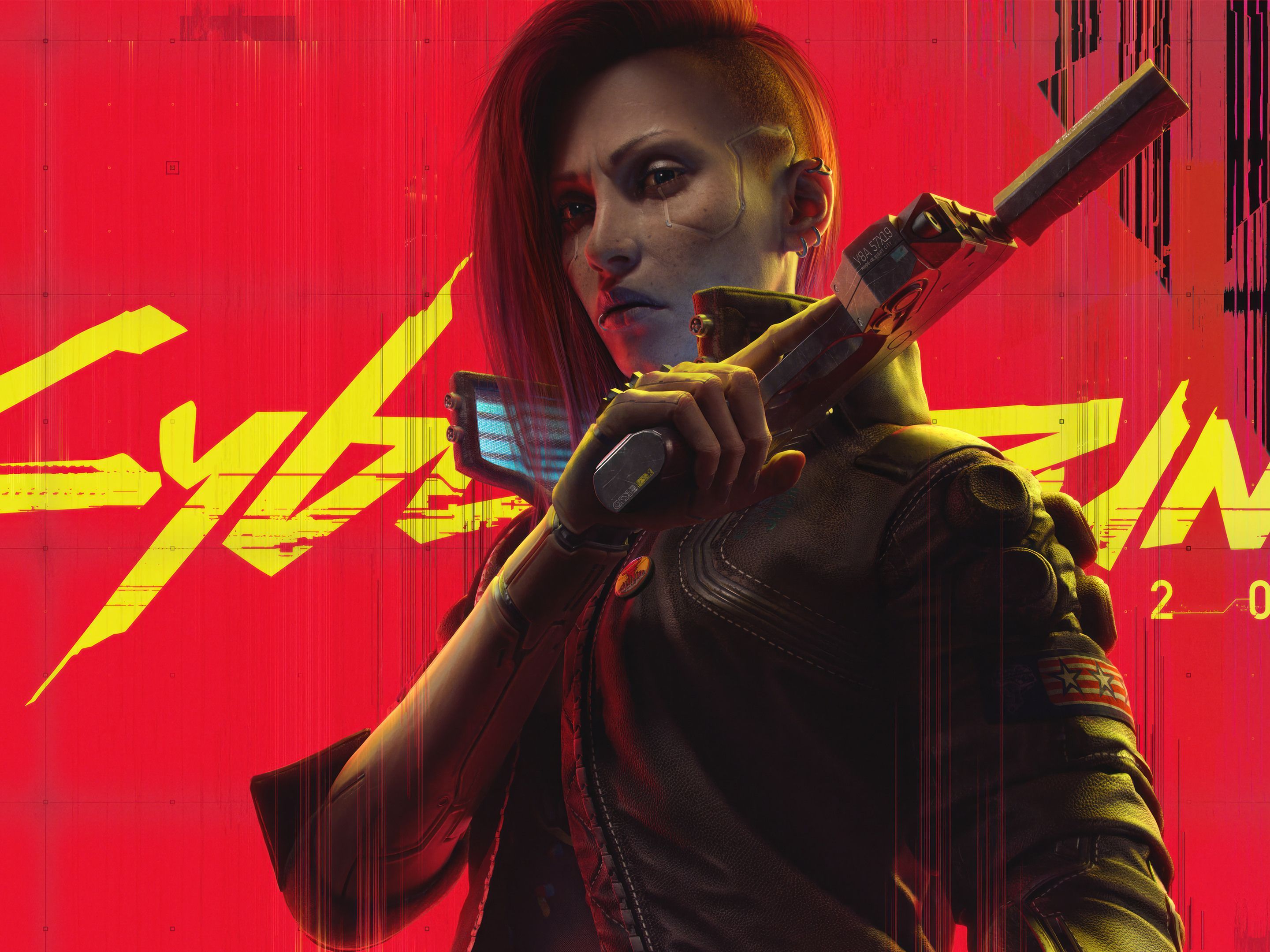DmC: Devil May Cry Definitive Edition Score: Reboot Reassessment
Introduction
When DmC: Devil May Cry was first released in 2013 by Ninja Theory under Capcom's supervision, it sparked intense debate among fans of the original series. Many praised its bold reinvention of Dante’s character and the fluid combat system, while others criticized its departure from the established lore and tone of the franchise. The Definitive Edition, released in 2015, addressed many of the original game’s shortcomings, refining gameplay mechanics and adding new features. Years later, it’s worth reassessing this controversial reboot—has it aged well? Does it deserve a second look from fans who initially dismissed it?
A Divisive Reboot
The original Devil May Cry series, created by Hideki Kamiya, established itself as a hallmark of stylish action games with its intricate combat, gothic atmosphere, and charismatic protagonist, Dante. When DmC was announced as a reboot, fans were skeptical. The new Dante—a foul-mouthed, younger version with a different backstory—alienated long-time followers. The game’s more modern, neon-infused aesthetic and political undertones (with the villain Mundus depicted as a corporate overlord) further distanced it from the gothic horror roots of the original.
However, DmC was not without merit. Ninja Theory’s expertise in storytelling and cinematic presentation shone through, with a more coherent narrative than previous entries. The level design was inventive, featuring surreal, shifting environments that played with gravity and perspective. The combat, though simplified compared to DMC4, was fluid and accessible, making it easier for newcomers to grasp while still offering depth for veterans.
The Definitive Edition’s Improvements
The Definitive Edition wasn’t just a re-release—it was a substantial upgrade. Key improvements included:
- 60 FPS Performance – The original DmC ran at 30 FPS on consoles, which was a point of contention for action-game purists. The Definitive Edition locked the game at a smooth 60 FPS, making combat feel more responsive.
- Refined Combat Mechanics – Changes like manual lock-on, faster weapon switching, and rebalanced enemy encounters addressed criticisms that the original lacked technical depth.
- New Modes & Difficulty Options – "Must Style" mode forced players to maintain high style rankings, while "Hardcore Mode" adjusted enemy behavior to resemble classic DMC games.
- Quality-of-Life Adjustments – Turbo Mode (20% faster gameplay), improved camera controls, and additional costumes made the experience more polished.
These changes didn’t just fix flaws—they elevated DmC into a more competitive action title, one that could stand alongside its predecessors in terms of gameplay depth.
Reassessing the Story & Characters
One of the biggest sticking points for fans was the narrative. The original DMC games had a campy, over-the-top charm, while DmC took a more cynical, edgy approach. Dante’s redesign—complete with black hair and a more abrasive personality—was initially jarring. However, over time, this version of Dante grew into his own. His arc from a reckless, hedonistic demon hunter to a more mature warrior was compelling, even if the dialogue occasionally veered into cringe territory ("Fuck you!" "Fuck YOU!").
Vergil’s role was also reimagined, with a more morally ambiguous portrayal that set up an intriguing conflict. The Definitive Edition even included Vergil’s Downfall, a story DLC that expanded his motivations and added more lore. While the writing wasn’t Shakespearean, it was more cohesive than some of the convoluted plots in the main series.
Combat: Simpler, But Still Satisfying
The original DmC was criticized for "dumbing down" the combat, removing mechanics like style-switching and reducing enemy aggression. However, the Definitive Edition tweaked these aspects, making fights more dynamic. The addition of manual lock-on allowed for precise targeting, while the rebalanced enemies forced players to engage more strategically.
The weapon variety—including the demonic Arbiter axe and angelic Osiris scythe—added layers to combat, encouraging stylish combos. While it may not reach the mechanical heights of DMC5, it remains one of the most accessible entries in the genre, striking a balance between depth and approachability.
Legacy & Final Verdict
DmC: Devil May Cry was a victim of its own ambition. It tried to modernize a beloved franchise but faced backlash for straying too far from tradition. However, the Definitive Edition proved that, beneath the controversy, there was a genuinely great action game.
In hindsight, DmC deserves recognition for what it did right:
- Innovative level design (the shifting environments remain impressive)
- A more grounded, if divisive, story
- Fluid, accessible combat (enhanced further in the Definitive Edition)
While it may never replace the original series in fans’ hearts, it stands as a bold experiment—one that, with the Definitive Edition’s improvements, has aged surprisingly well. For those who dismissed it in 2013, it might be time to give DmC another chance.
Final Score: 8.5/10
(Definitive Edition elevates a flawed but ambitious reboot into a must-play for action fans.)
Would you like any sections expanded or additional analysis on specific aspects of the game?















